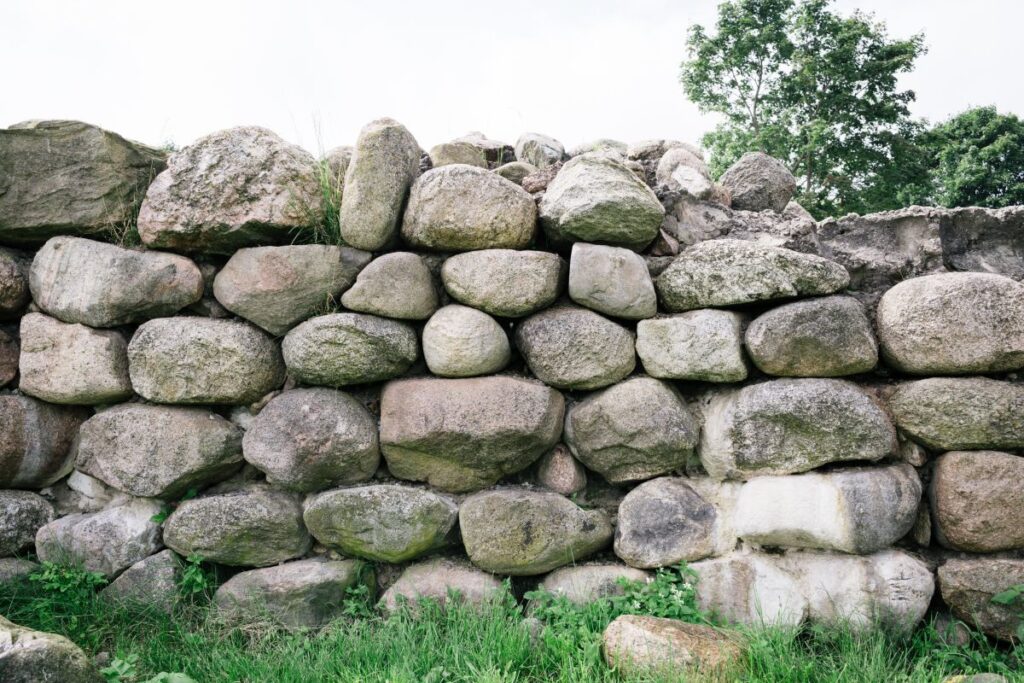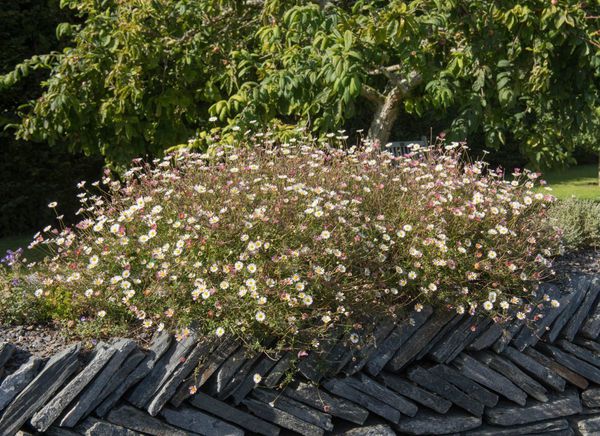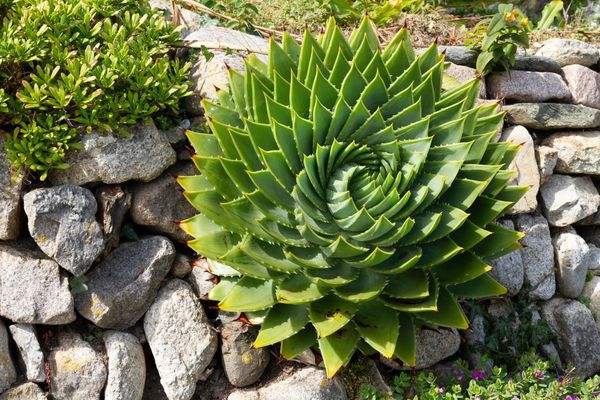Stone has other aesthetic and practical uses in the garden

But let’s get back to stone masonry. If you complement the stone wall with a stone staircase made of the same material and stone paving, you literally become a master of garden architecture. If you have the material, all you need is patience and some physical effort. The advantage of dry walls is we do not need cement, sand and a mixer, we can merely make it with our hands and a shovel.


Planting in a stone wall
Later on, the dry wall can become a base for alpine plants, some succulents, ferns, mosses, and also many perennials and tufted grasses if you fill the joints with clay. Of course, we always choose only those species that are suitable for planting in the joints between the stones. Many overhanging and climbing species, even some annuals, also like it there.


In the sun and in the shade
We also select plants according to their orientation to the world directions, sunlight and shade. The shady wall suits ferns (mainly spleenwort, rustyback and polypody), mosses and also ivy. The sunny, heated wall will then suit various types of rockfoils, houseleeks, stonecrops, aurinias and aubrietas, phloxes, bells, wild flaxes, yarrows, etc. On the upper side of the wall tufty grasses, bugle herbs, but also thyme and other herbs and also various succulents will look wonderful.


We also choose plants according to the parametres of the wall. The very high ones can have e.g. corydalis and mullein. In any case, it is good to choose plant species blooming gradually during the season. If a species has long and rich roots, it must be planted during the construction of the wall, but otherwise it is possible to plant other species afterwards and their roots will find their way. In the end, we can expect e.g. celandine, mullein, nettles and other species that will not reject the chinks in the stone wall.






Source: www.ceskestavby.cz
